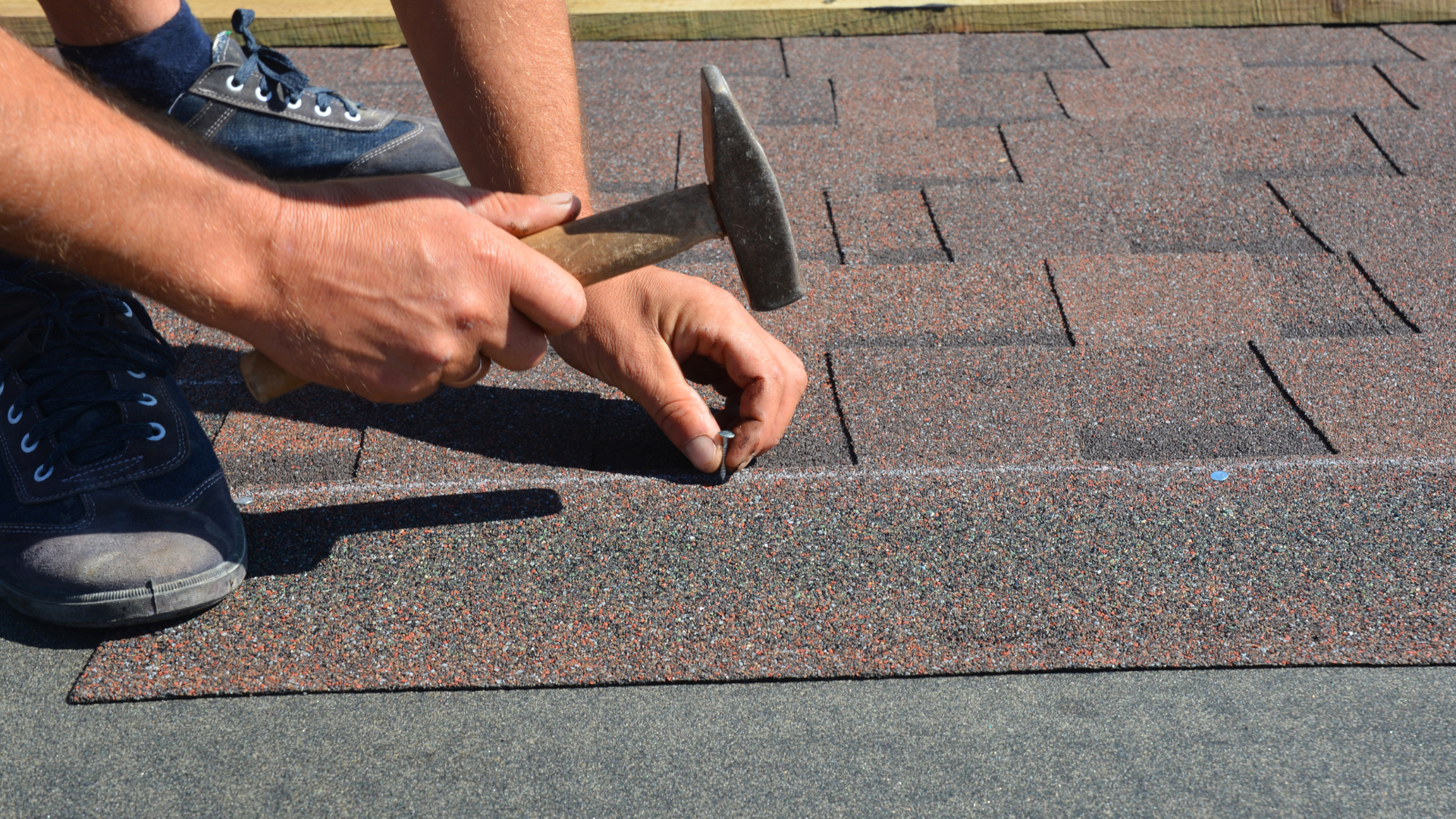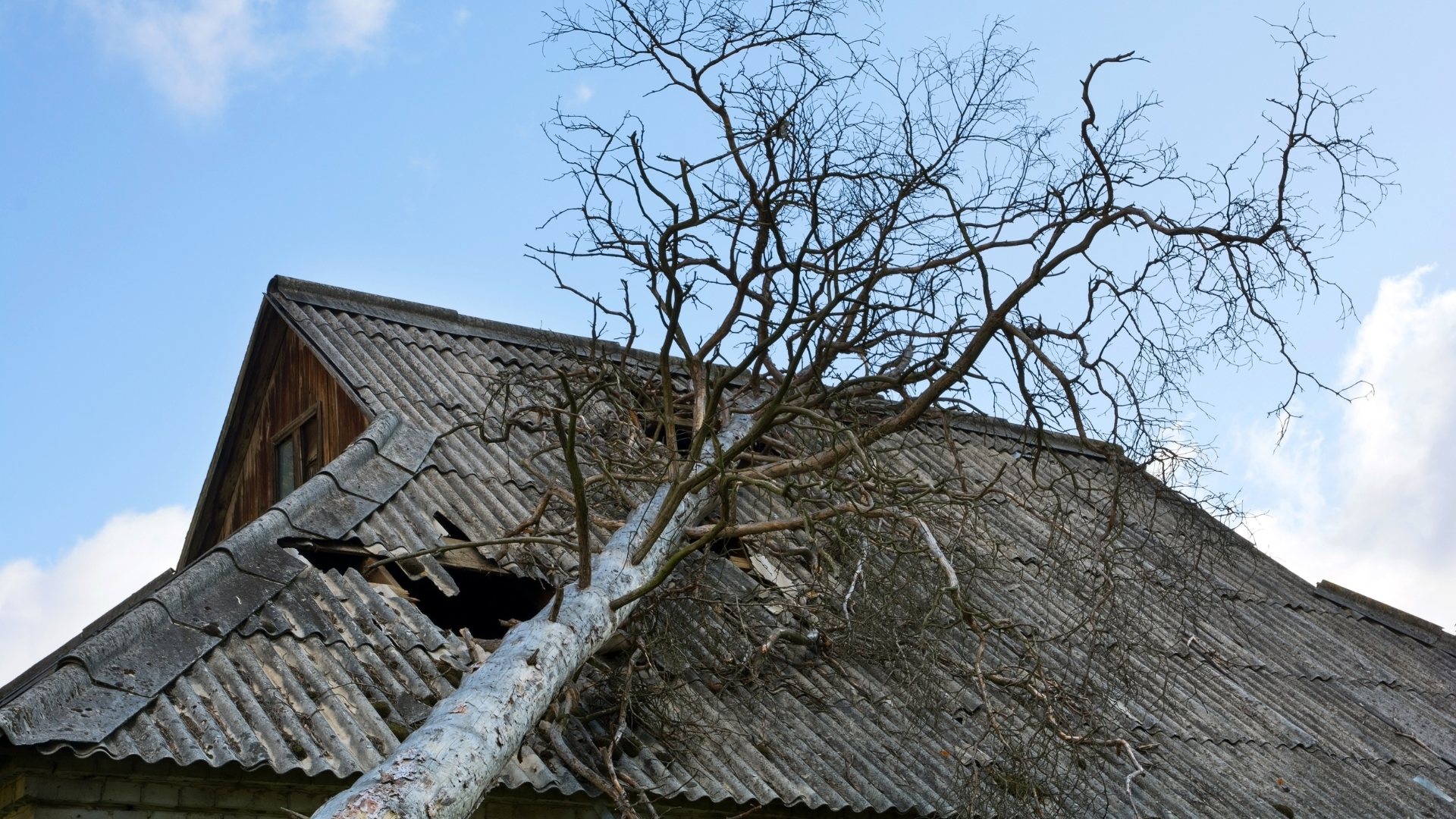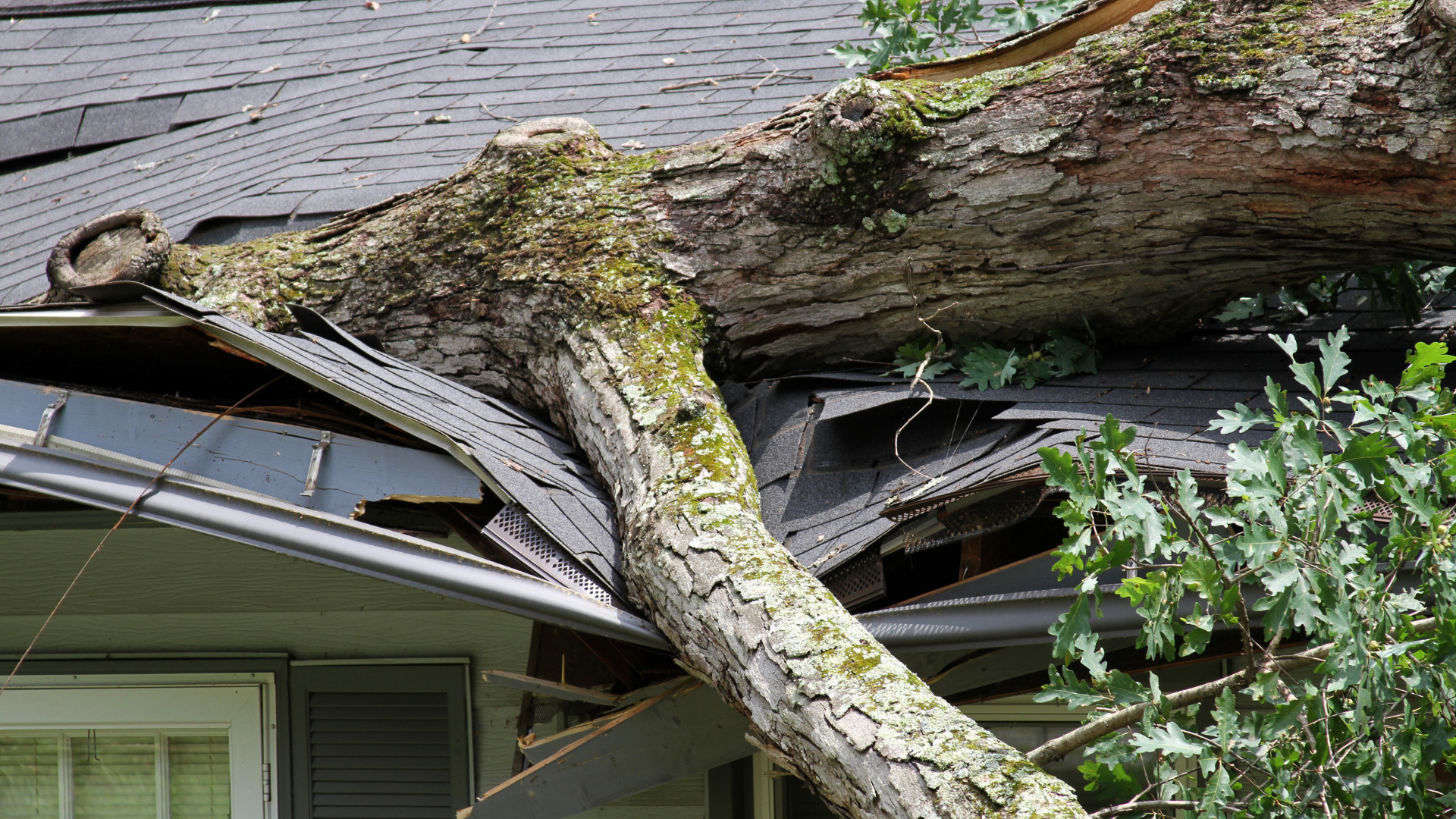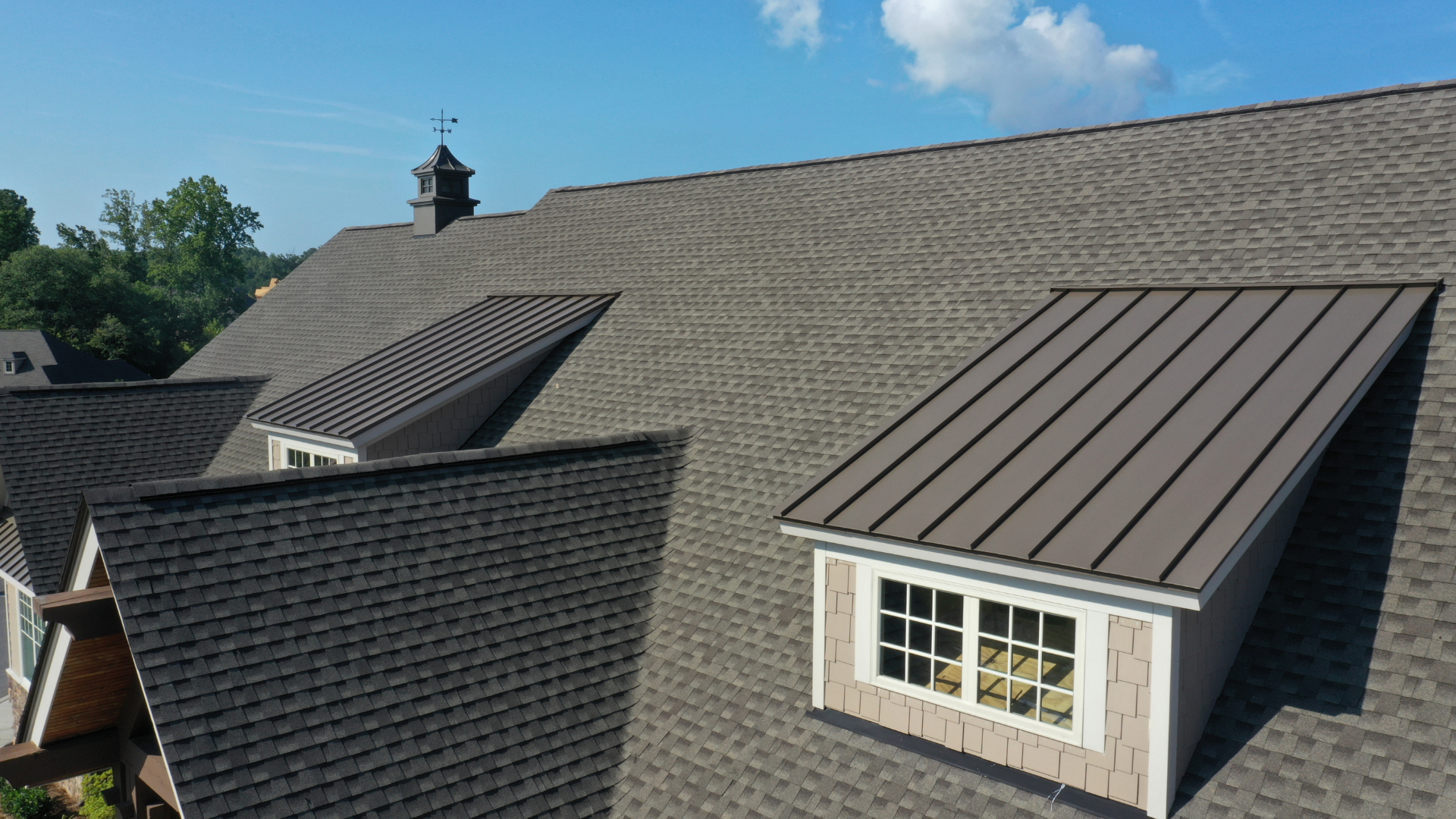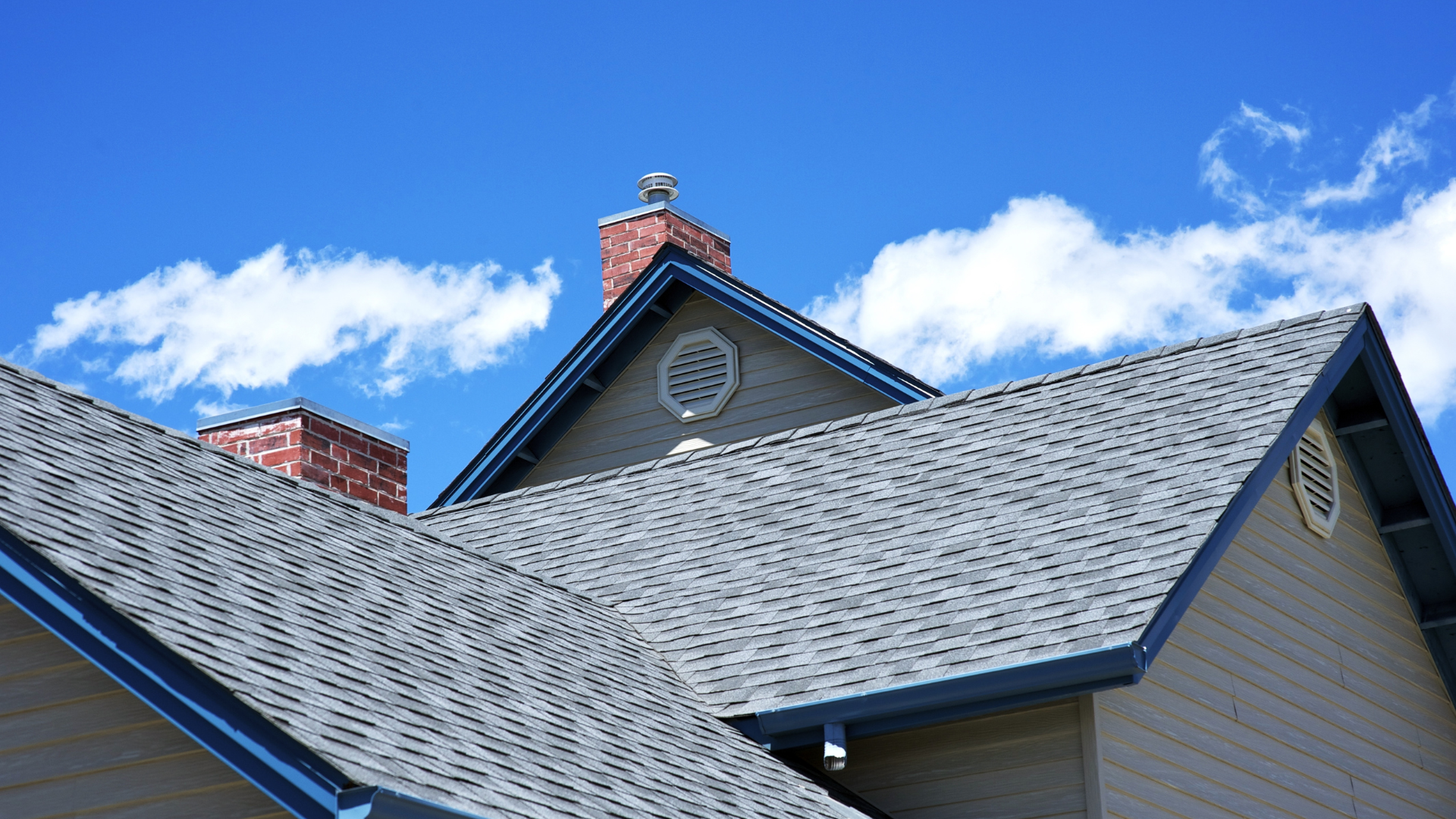The Struggles of Roofing Insurance Claims: What You Need to Know
The roofing industry is no stranger to insurance claims. These claims, while necessary, often bring out the worst in the industry due to the complexities involved, delays, and disagreements between contractors, clients, and insurance companies. Navigating these claims can be a daunting process, but it’s crucial for both contractors and homeowners to understand the challenges and the impact they can have.
In this article, we will explore the common issues surrounding roofing industry insurance claims, why they often result in disputes, and how roofing companies and homeowners can work together to ensure a smoother process.

The Common Pitfalls of Roofing Industry Insurance Claims
Insurance claims in the roofing industry are not as straightforward as one might think. A claim is typically filed after a roofing project has been damaged by weather, wear and tear, or other unforeseen events. However, there are several pitfalls that contractors and homeowners should be aware of.
One of the most common issues is underinsurance. Many homeowners may not have sufficient coverage to fully replace or repair their roof, leading to a shortfall between what the insurance company offers and the actual cost of repairs. Additionally, insurance adjusters are sometimes accused of undervaluing the damage, which can delay the claim process and cause frustration for both homeowners and contractors.
Roofing companies also face issues during the claims process. They may struggle with the paperwork involved or face challenges getting insurance companies to approve necessary repairs. Some contractors have reported that their work is questioned by insurers, leading to delays in payments or full claim approvals.
How to Spot Unreliable Roofing Contractors and Avoid Scams
When hiring a roofing contractor, it’s crucial to be vigilant and avoid falling victim to scams. One of the most common red flags is an unusually low price. If a contractor offers an estimate that seems too good to be true, it probably is. Reputable contractors provide quotes based on the materials, labor, and expertise required for the job.
Another warning sign is a lack of proper licensing and insurance. A legitimate contractor should be fully licensed and insured to protect both you and them in case of accidents or damage. Be wary of those who lack these credentials or hesitate to provide documentation. Additionally, always ask for references and check online reviews. A reputable contractor will have a solid track record and satisfied customers.
Lastly, avoid contractors who demand large upfront payments. A reputable company will typically offer a reasonable payment schedule, with a deposit required before work begins, and the balance due upon completion.
By keeping an eye out for these warning signs, you can ensure that you choose a trustworthy contractor and avoid costly scams.
The Homeowner's Role in Roofing Insurance Claims
While roofing contractors play an essential role, homeowners also have responsibilities when it comes to insurance claims. The first step for homeowners is ensuring that they have the proper insurance coverage. Regularly reviewing their policy and understanding the limits and exclusions is vital. It’s important to have an insurance policy that fully covers roof replacement or repair, especially in areas prone to storms or other severe weather conditions.
Homeowners should also keep detailed records of the damage and the repairs. Taking pictures of the roof before and after the damage, as well as keeping receipts for any work done, can help prove the extent of the damage to the insurance company.
Communication with the contractor is also key. Homeowners should stay involved in the claims process, ask questions, and seek clarification when needed. Staying proactive will help prevent issues and ensure that the roof is repaired properly and promptly.

Insurance claims in the roofing industry can often bring out the worst in both contractors and homeowners, but with clear communication, proper documentation, and a thorough understanding of the process, the situation can be significantly improved. Homeowners should ensure they have the proper insurance coverage, and contractors should provide accurate reports and collaborate with insurance adjusters to prevent disputes.
For roofing contractors and homeowners alike, understanding the common pitfalls and taking proactive steps to address them is key to ensuring that insurance claims are resolved as smoothly as possible. If you are facing an insurance claim for your roofing project, it’s crucial to stay informed, stay organized, and communicate effectively throughout the process.
By staying proactive and informed, both parties can avoid unnecessary headaches and move forward with the necessary repairs. If you’re looking for a reliable roofing partner, check out Right Hand Man to see how they set the standard for trustworthiness and quality service in the roofing industry.
